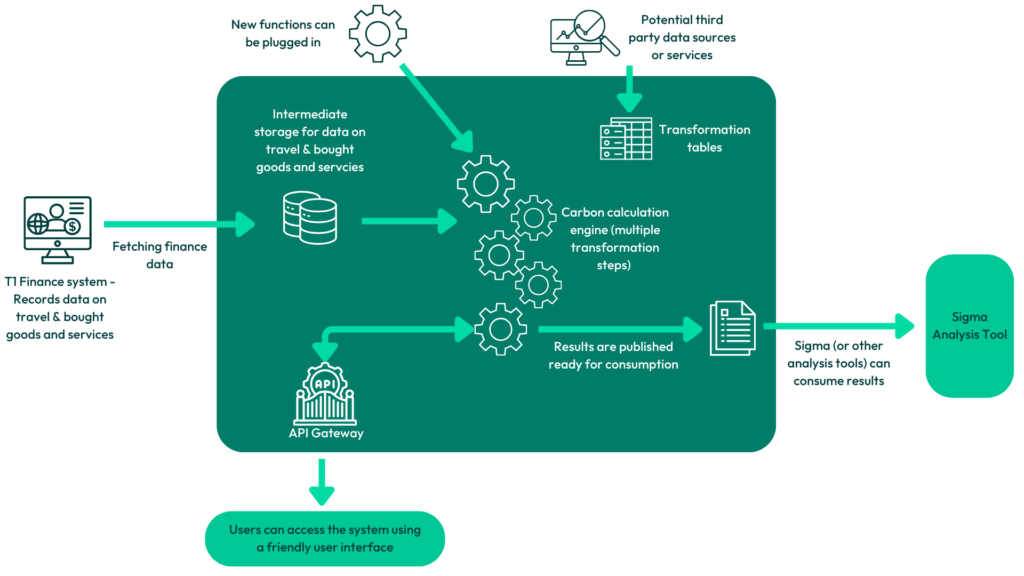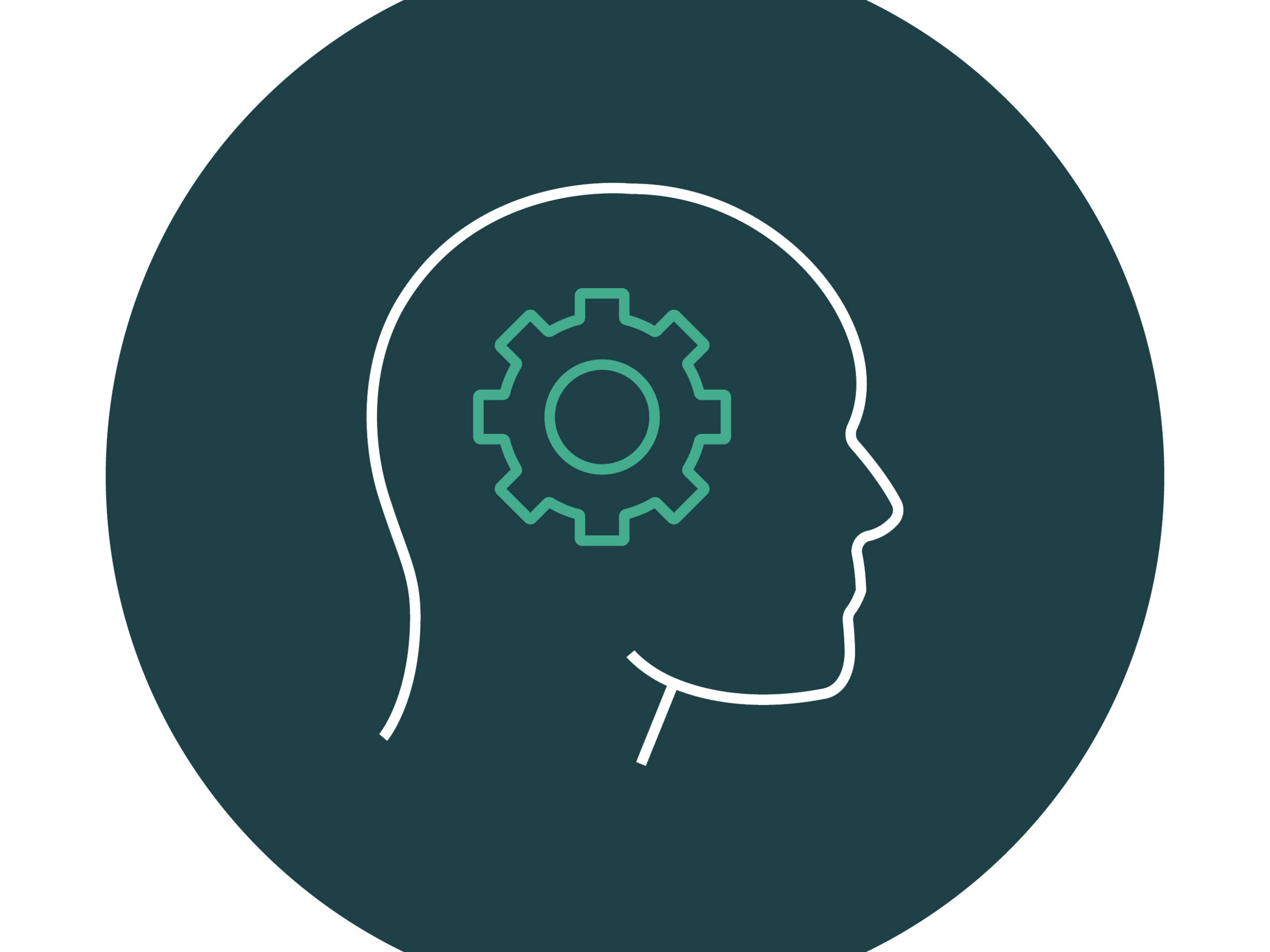The University of Exeter is committed to achieving Net Zero by 2030. We recently shared this blog post about our approach to achieving this through measuring and reducing our carbon footprint by delivering a carbon accounting system for the University. Take a look at this introductory blog post to learn what carbon accounting is and what we have planned for our carbon calculator.
Today’s post will delve deeper into how we are delivering a carbon calculator using agile ways of working and agile thinking.
How is the carbon calculator built?

We cover what a carbon calculator is in our previous blog post, but, in short, it’s the engine that extracts raw data from existing systems and applies calculations to interpret this data and feed the analysis tool, which will in turn enable us to calculate our carbon footprint.
It was clear to the Digital team that the solution needed to be flexible in order to accommodate the evolution of the processes and technology. Some key features of the carbon calculator include:
- The solution is built within Amazon Web Services (AWS) which provides many tools and services that can be configured with minimal coding. The flexibility of AWS allows us to extend the system as needed. In particular we have used AWS Step functions so that we can build and coordinate small atoms of functionality that can be easily updated, replaced or extended.
- We are using an application programming interface (API) as the mechanism for interacting with the engine. This isolates the implementation and provides the possibility of exposing the engine to other consumers – both institutions and technology.
- From the ground up the architecture is designed to be extendable and pluggable allowing us to add more intelligence when needed.
- The project is taking an agile development approach, allowing us to quickly learn and adapt.
Agile? What does this mean?
We need to start by thinking and being agile. It’s not just about using specific techniques such as scrums and sprints to follow Agile Practice (take a look at this blog post for some handy agile definitions). In the words of the Agile Manifesto…
…we have come to value:
- Individuals and interactions over processes and tools
- Working software over comprehensive documentation
- Customer collaboration over contract negotiation
- Responding to change over following a plan
My personal observation starts when desktop computers became available, enabling a new generation of developers to work closely within businesses to quickly deliver solutions that would otherwise take forever to build with traditional computers and development techniques. In time we developed processes and procedures to improve quality of these solutions, but this evolved into draconian processes that became the goals and targets for developers instead of the end product, and in fact hampered development, and so in recent years we have evolved Agile techniques to speed up development. However, there is always a danger that these techniques also become the goals – so we cease to be truly agile, hence my focus on ‘Thinking Agile’.
For me, ‘thinking agile’ while delivering carbon accounting means:
- Working closely with the customer to quickly build a solution that evolves as we understand more – the customer gets something useful early on.
- We accept that we will make mistakes because both the customer and the development team are learning, but we are quick to see the mistake and correct it.
- We quickly spot better solutions and can adapt quickly, focussing on the topics that are most important to the customer.
- We have a platform that allows us to develop incrementally and adapt quickly.
What have we learnt?
Because we are building and delivering the system using an agile approach (architecturally and thinking agile), the Digital team have been able to learn more about the Sustainability team and their needs and aspirations, and feed ideas back to them. The Sustainability team has also learned about how we work in Digital and how to get the best out of us. Having the Sustainability team take on the mantle of Product Owner has enabled the project to be truly agile.
– Written by Paul Durdin, Technical Analyst for Digital
To learn more about our approach to delivering carbon accounting as well as what’s next for the solution, read this blog post.

